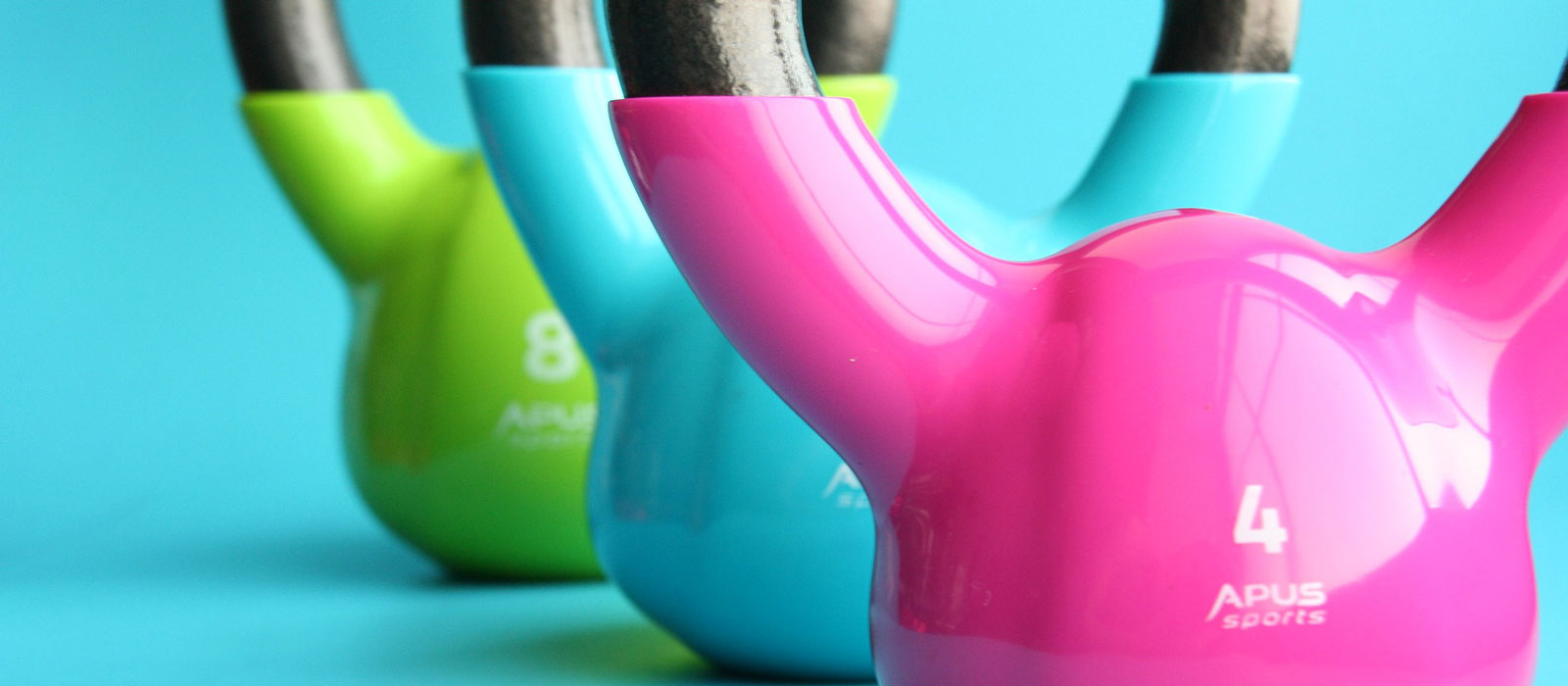We’re familiar with the evidence: being active is better for all of us throughout our lives. In fact, regular physical activity is one of the most important things we can do for our health, according to the Centers for Disease Control and Prevention. Physical activity can help to control our weight and reduce our risk of cardiovascular disease, type 2 diabetes, and some cancers.
This good advice doesn’t stop or shouldn’t be put on hold when our patients are diagnosed with cancer. Recent research has found that exercise is safe and possible for patients after a cancer diagnosis and that it can improve overall function and quality of life. In fact, the evidence is so compelling that the Clinical Oncology Society of Australia joined 25 other cancer organizations to call for exercise to be prescribed to all patients as part of routine cancer care.
Evidence-based practice involves incorporating the best available evidence into our practice to improve outcomes for our patients, including recommendations about physical activity.
Using Evidence in Practice Change
At the ONS 43rd Annual Congress in Washington, DC, Deborah Struth, MSN, RN, presented a podium session on a novel quality improvement and education program focused on physical activity outcomes for patients. She discussed the traditional methods of quality improvement and said that they have not always resulted in change in practice. To address this, ONS was awarded a grant to implement a process where nurses would recommend physical activity as an intervention for fatigue during cancer treatment.
The study was conducted at a community cancer center in the Midwest. For the intervention, staff used patient education materials and focus groups to understand how the improvement activities were incorporated into care. Patients noted that physical activity should be assessed by the nurse “right away and repeated often.” The staff developed a standardized workflow related to patient assessment which led to an increase in assessment of fatigue by 50% and an increase in recommendations for exercise by 61%. This study is an example of practice change improving assessment and recommendation for exercise in patients. More about the program and its resources is available at ONS.org.
Applying Evidence to Education
Also at Congress, Donna Wilson, RN, MSN, RRT, oncology nurse and clinical fitness specialist with the Integrative Medicine Center at Memorial Sloan Kettering Cancer Center, spoke to nurses about incorporating exercises for patients into their practice. Wilson emphasized that “exercise is medicine” and that our bodies were designed to move.
When talking with patients, Wilson recommended to first listen about any symptoms they may be experiencing and to discuss their goals for improving physical activity. Nurses can educate and empower patients by reviewing the benefits of exercise and keeping the exercise program simple. Start with easy walking, arm circles, and a few chair squats. Starting slow will help patients maintain success and make it part of their daily routine. Reassess at each visit to help patients achieve their goals.
The evidence supports changing practice regarding exercise for patients with cancer. What are you doing in your practice to assess and empower patients to be physically active? Share your experience on the ONS communities, and together we can learn from each other and help our patients be physically active.






